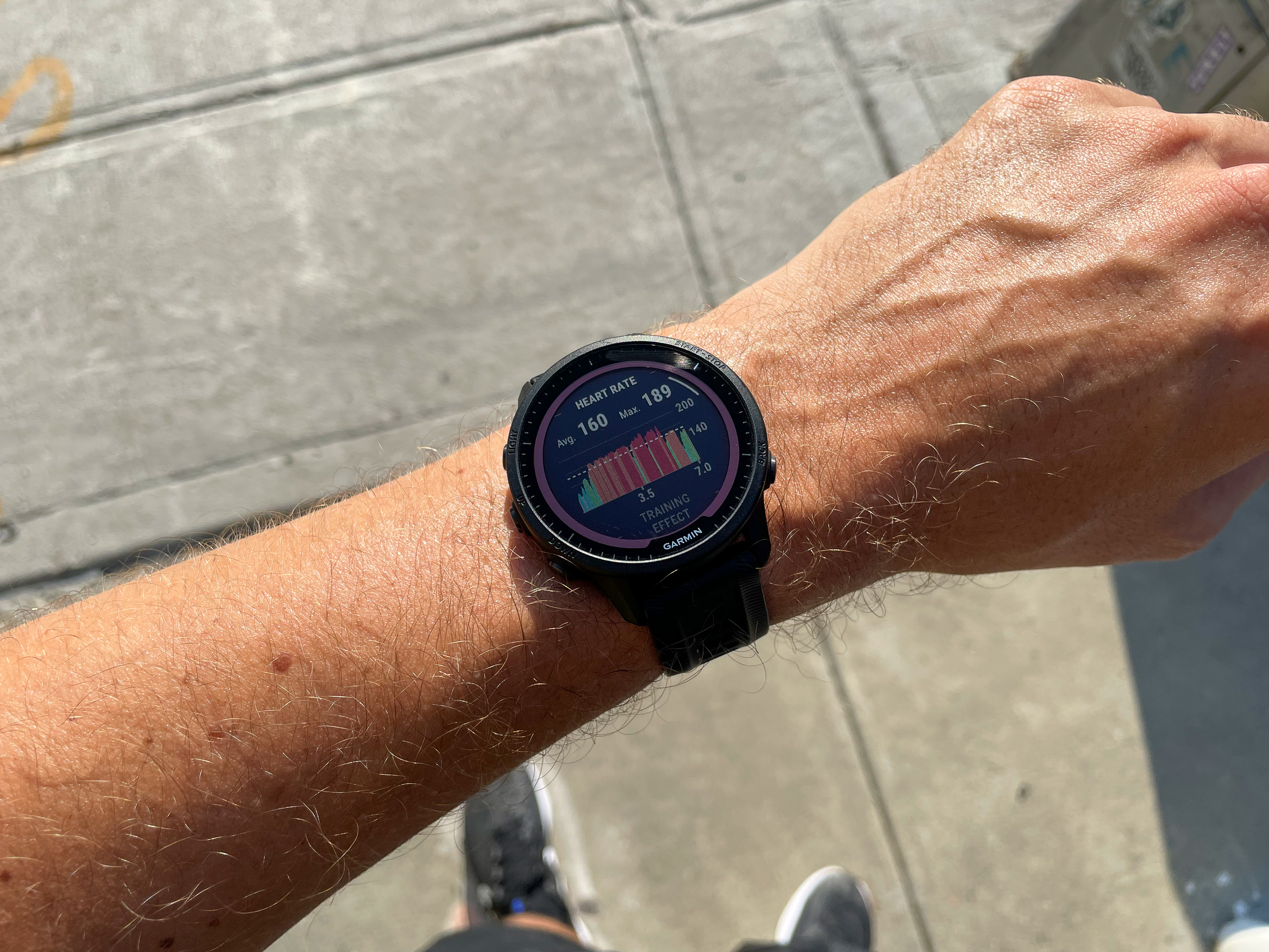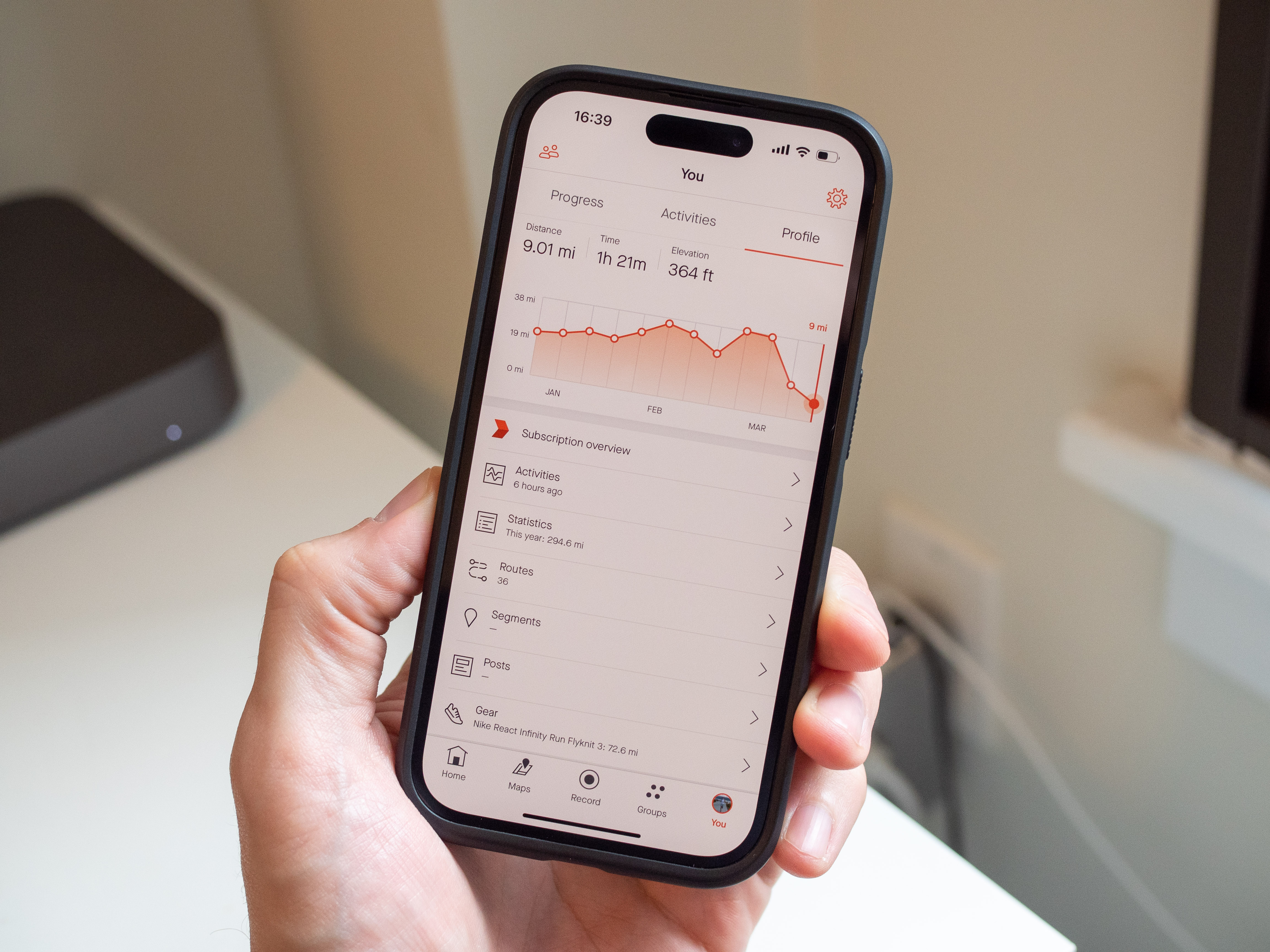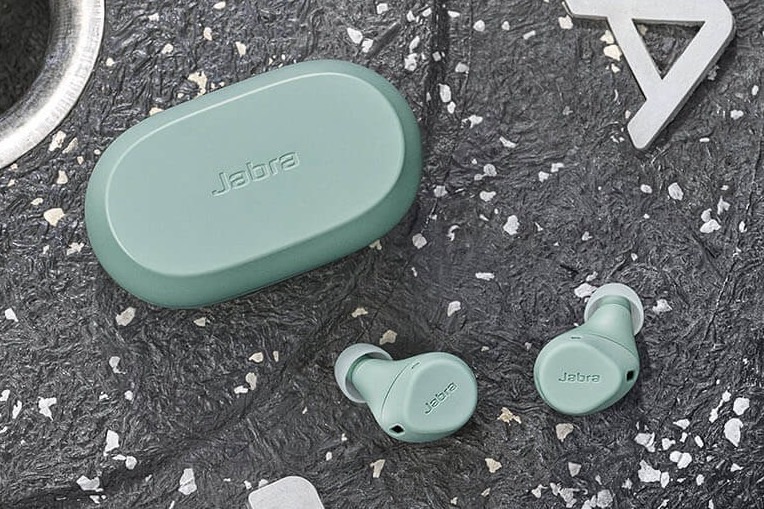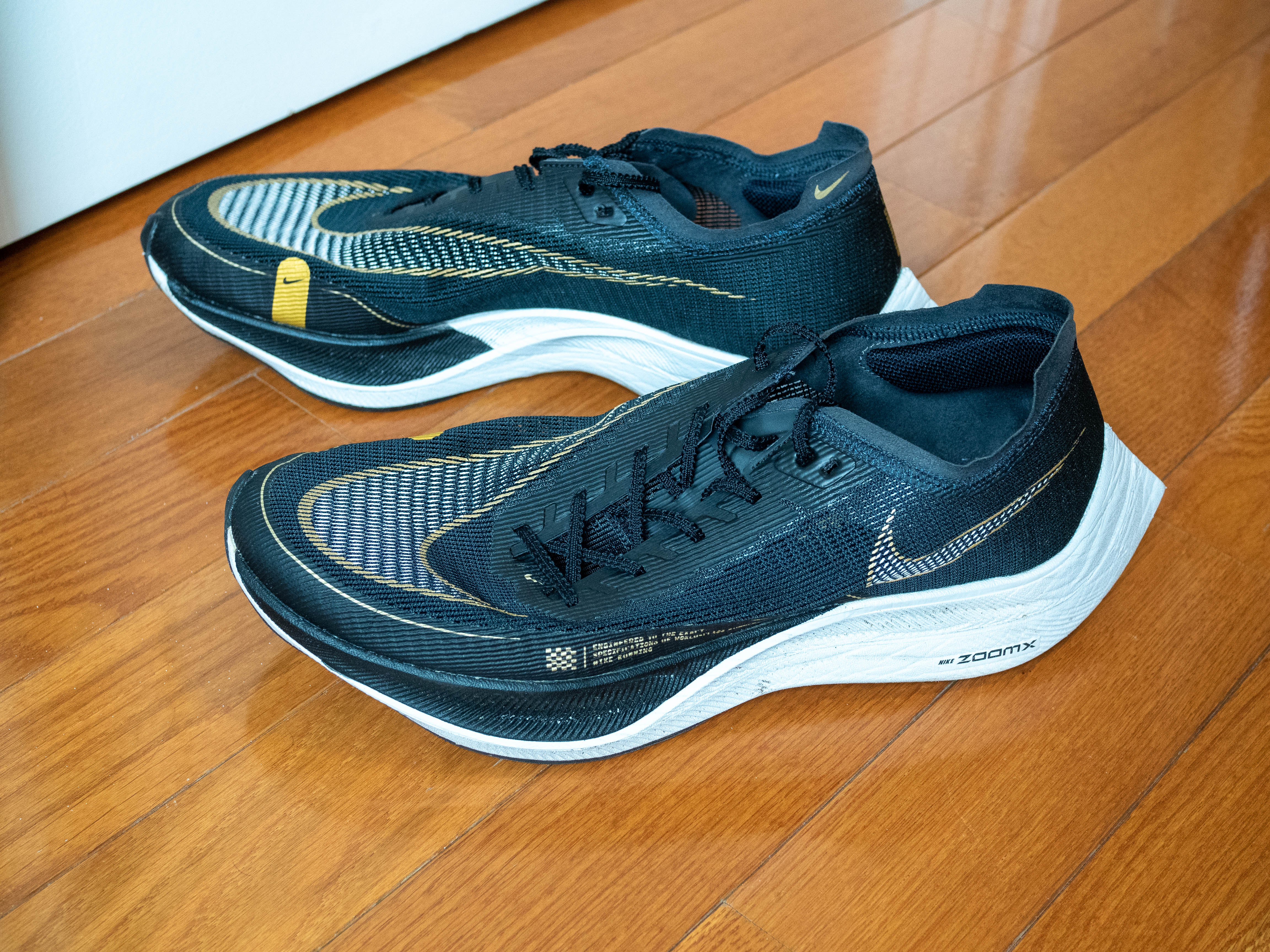The fitness world is littered with opportunities to buy tech aimed at enhancing your physical performance. No matter your sport of choice or personal goals, there’s a deep rabbit hole you can go down. It’ll cost plenty of money, but the gains can be marginal — and can honestly just be a distraction from what you should actually be focused on. Running is certainly susceptible to this.
A few months ago, I ran my first-ever marathon. It was an incredible accomplishment I had no idea I’d ever be able to reach, and it’s now going to be the first of many I run in my lifetime. And despite my deep-rooted history in tech, and the endless opportunities for being baited into gearing myself up with every last product to help me get through the marathon, I went with a rather simple approach.
When it comes down to it, there were really only four key pieces of tech that I needed to make it to the finish line at 26.2 miles.
A great running watch

When it comes down to it, the only thing that truly matters in this list is my smartwatch. Without it, I’m lost. The watch in question is the Garmin Forerunner 955 Solar — a beast of a contraption that I’m downright inseparable from.
Before running seriously, you’ll laugh at the idea of spending north of $500 on a watch specifically for running. Once you start racking up the miles, you won’t think twice about it. You quickly realize how important it is to have pinpoint-accurate GPS tracking, pace information, programmable workouts, route navigation, and so much more right on your wrist.
Throughout my hundreds of miles of training for the Chicago Marathon, the Forerunner 955 was a steady companion. It has a big screen that’s easy to read on the move, and you can customize your display to provide just the right combination of data,whether you’re training or in a race. The battery life is incredible, stretching to nearly two weeks, even with multiple-hour long runs and workouts piling up.
Garmin doesn’t deliver a particularly slick interface, and there’s a bit of a steep learning curve involved with getting comfortable with its features, but it’s all worth it. Garmin watches simply deliver incredibly accurate GPS tracking and consistent data recording that you can rely on for making all of your training and fitness decisions while you build up to a marathon.
Two apps

Garmin will keep all of your data neat and orderly in its Connect app, and if you’re solely focused on your own journey, it’ll provide every bit of information you need. But I find myself spending much more time in Strava, which imports all of my runs (and every other activity) from Garmin and provides what I find to be a simpler and more useful interface — with a great layer of social interaction as well.
At its core, Strava is a logbook for your fitness — whether it’s running, biking, hiking, snowboarding, or participating in a whole host of other sports, your activities will be cataloged and nicely displayed for your analysis and reference. You can use it privately, or open it up to friends and followers if you prefer to gain inspiration and encouragement from other people.
Much like buying an expensive Garmin for tracking your runs, you’ll quickly find value in paying $80 per year for Strava’s premium subscription to unlock additional features. The biggest benefits for me have been setting and tracking goals, creating custom routes (this is a huge deal!), and getting various insights into my improvements in performance over time. Strava strikes a great balance of providing a good core experience for free, while also offering strong value in its paid tier.
Just pay the $80 for Strava, it’s absolutely worth it.
The other app in my marathon journey was Nike Run Club. NRC is incredibly easy to pick up and use no matter your skill level, and it provides training plans and guidance to get you through any part of your progression to a race of any length. Nike leans on a deep bench of running coaches and athletes that provide insight and help. Nike Run Club can be a really important tool, particularly if you’re running and training on your own.
NRC can be your one-stop-shop app for running, but I preferred to pick it up here and there whenever I was looking to do something new or needed some motivation on a run I otherwise wasn’t particularly stoked for. I’m more of a fan of taking the self-guided route with Strava, but the apps can absolutely be complementary.
Wireless earbuds

I ran for over 175 hours last year. With that much time on the move, I would’ve lost my mind without a solid pair of earbuds in my ears. After bouncing around between a lot of “regular” earbuds, I settled on a pair that are fitness-focused: the Jabra Elite 7 Actives.
Whether the Elite 7 Active (or any other pair) will work for your ears is a personal question. But the Jabras fit my ears nicely, and they have the core features I need. The big thing I look for in running earbuds is physical buttons for controlling volume and playback, and the Elite 7 Active have them. Touch controls don’t work so well when sweat is involved and you’re trying to tap and slide on capacitive controls while moving. Trust me.
The right shoes

I know this isn’t tech in the traditional sense, but you’ll only think “shoes are shoes” until you put in a few miles wearing top-tier racing shoes. There’s a whole heck of a lot of technology involved with designing the latest and greatest running shoes, and it’s immediately apparent when you see how many seconds and minutes you can shave off your time just by finding the right pair. With these advanced materials and construction techniques, racing shoes are lighter than ever while also bringing a measurable amount of additional speed to your running. Nike’s leading the charge in terms of fast shoes, but it’s not hard to see the tech-driven innovation across every major running shoe brand.
And it’s not just about speed, either. In the months of training runs leading up to the big race, I’m not wearing these sleek Nike Vaporflys — I’m wearing much more supportive and forgiving Nikes that have the same amount of engineering behind them, simply with a focus instead on comfort and reducing stress on your joints. Not only are these new-age shoes making us faster and more consistent runners, they’re also helping us prevent short- and long-term injuries. This is arguably more important for us normal everyday runners than the speedy shoes; let’s avoid knee surgeries.
I hope it’s clear at this point that you don’t need every piece of running tech available to get out there and run — even at great distances. Pick a few important pieces, invest in them wisely, and you’re ready to hit the road.



